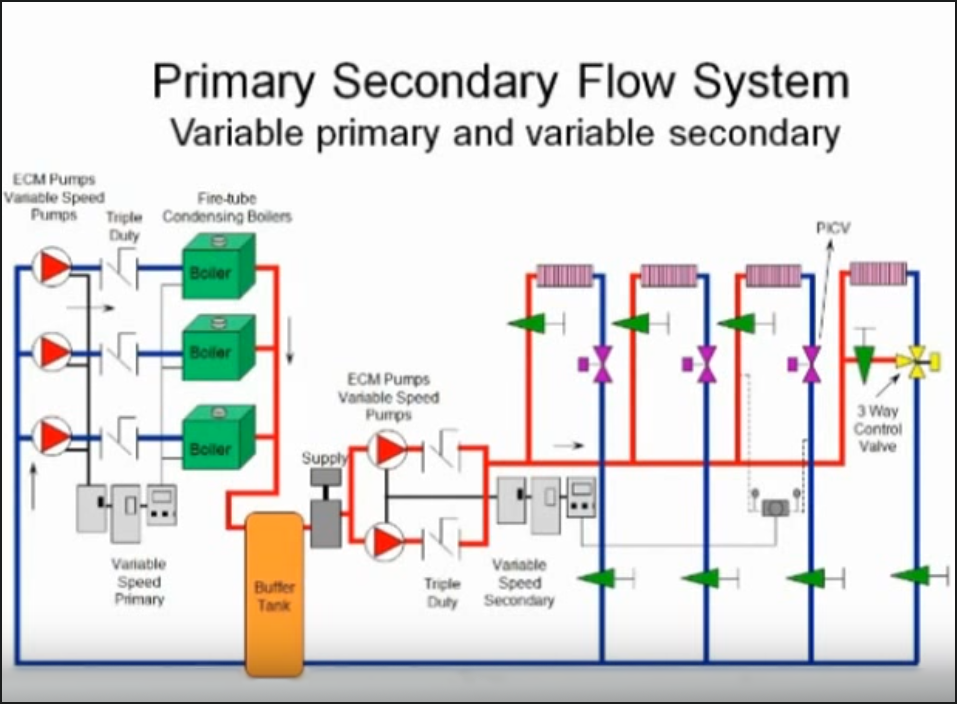Understanding Primary Secondary Pumping Part 3: Avoiding Low Delta T Syndrome
/By Chris Edmondson
Low Delta T Syndrome. The terminology alone strikes fear in the hearts of anyone involved in chiller plant design or operation. We know Low Delta T Syndrome is bad. We know it wastes energy. The very topic has given rise to countless technical articles and white papers that most of us haven’t the time or patience read. But take heart because believe it or not, if you’ve read and understand Part 1 and Part 2 of this Series, you already have the building blocks to understand Low Delta T Syndrome. You just don’t know it yet.


